Power integrity measurements with R&S®RTM3000 and R&S®RTA4000 oscilloscopes
Make more accurate power rail measurements.

Make more accurate power rail measurements.
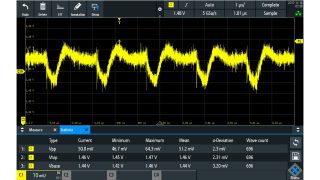
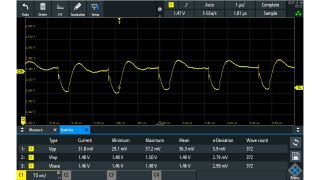
Measuring noise and ripple on power rails with small voltages and increasingly tighter tolerances is a challenge for oscilloscopes. Using a standard 500 MHz passive probe with a 10:1 attenuation results in additional measurement noise, causing overstated peak-to-peak voltage measurements and masking signal details as shown below.
Passive probes with 1:1 attenuation have less noise, but are bandwidth limited to around 35 MHz. They miss higher frequency content that may be riding on the power rail and may understate peak-to-peak-voltages.
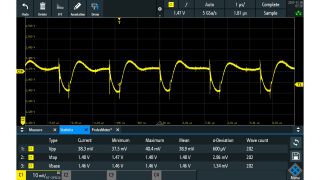
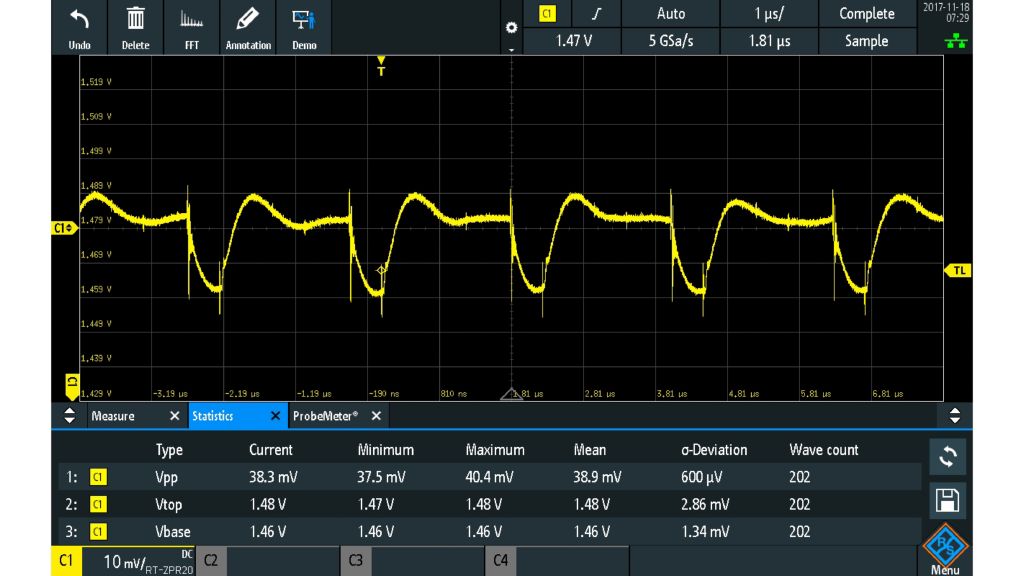
Measurement of a 1.5 V power rail using an R&S®RT-ZPR20 1:1 active power rail probe (–38.3 mV (Vpp)). The captured waveform includes higher frequency transients riding on the rail.
Combining a low-noise oscilloscope with a power rail probe, developed uniquely for measuring power rails, provides a measurement system that delivers measurements that are more accurate. The R&S®RT-ZPR20 active probe with a 1:1 attenuation ratio has very little noise and enough bandwidth to not attenuate critical signal content.
When combined with an R&S®RTA4000 or R&S®RTM3000 oscilloscope, the R&S®RT-ZPR20 power rail probe provides the following benefits:
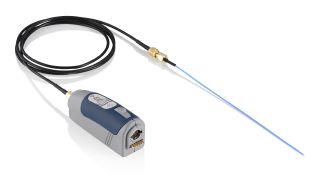
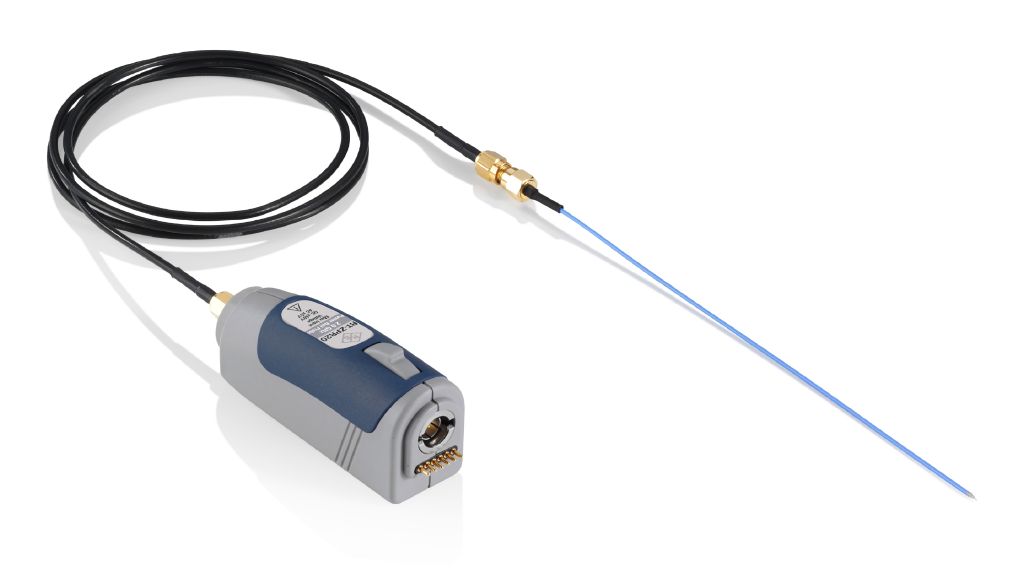
R&S®RT-ZPR20 power rail probe